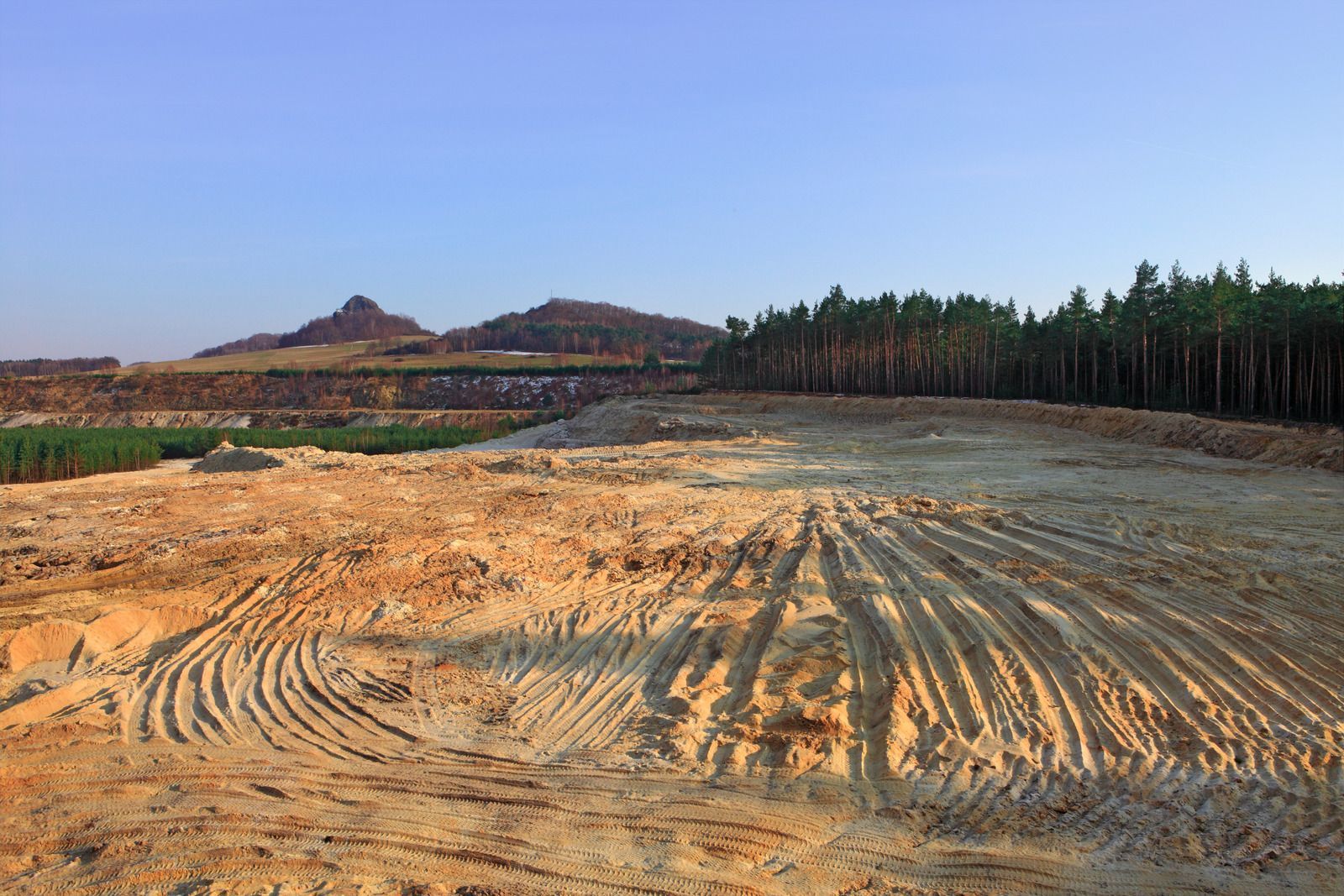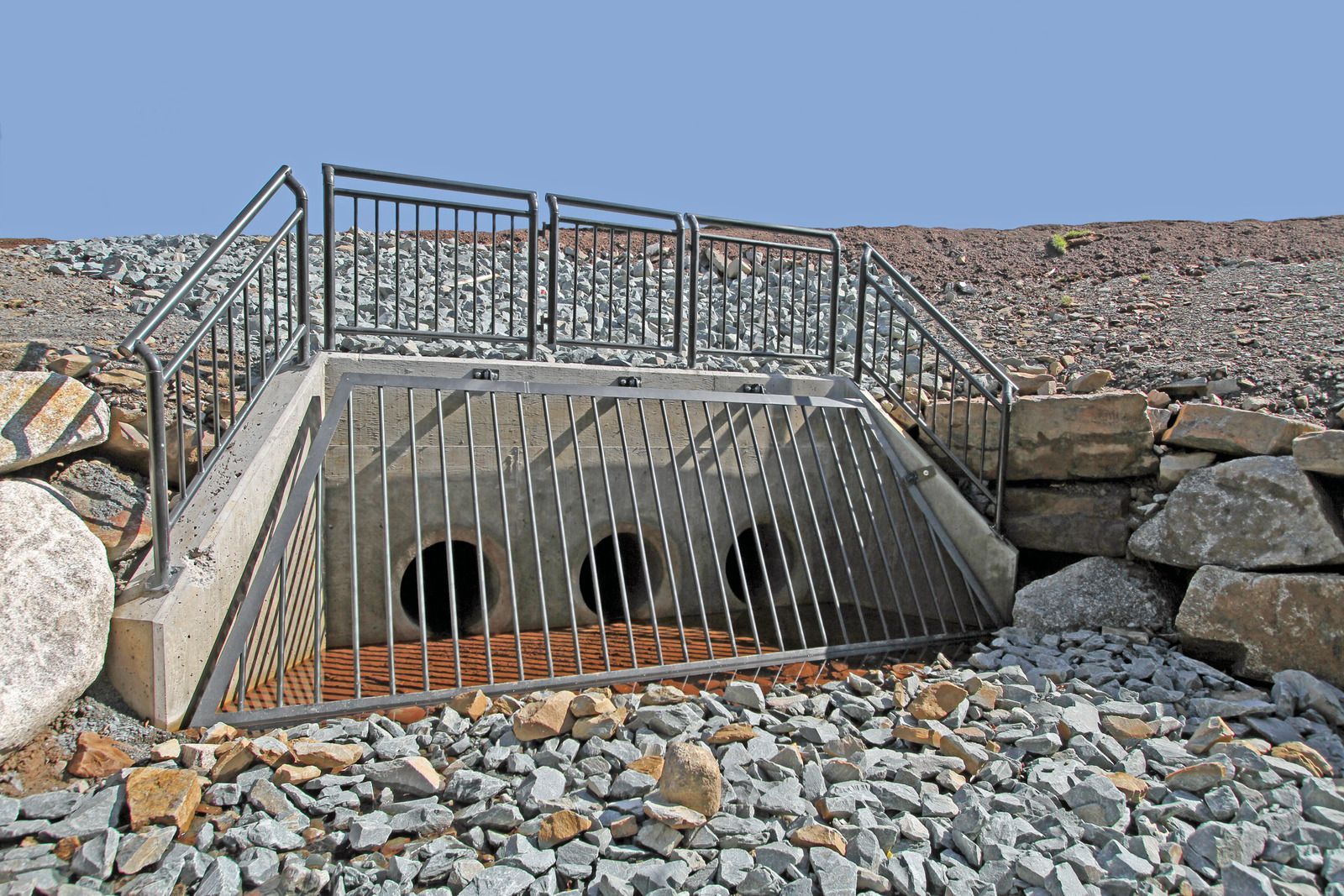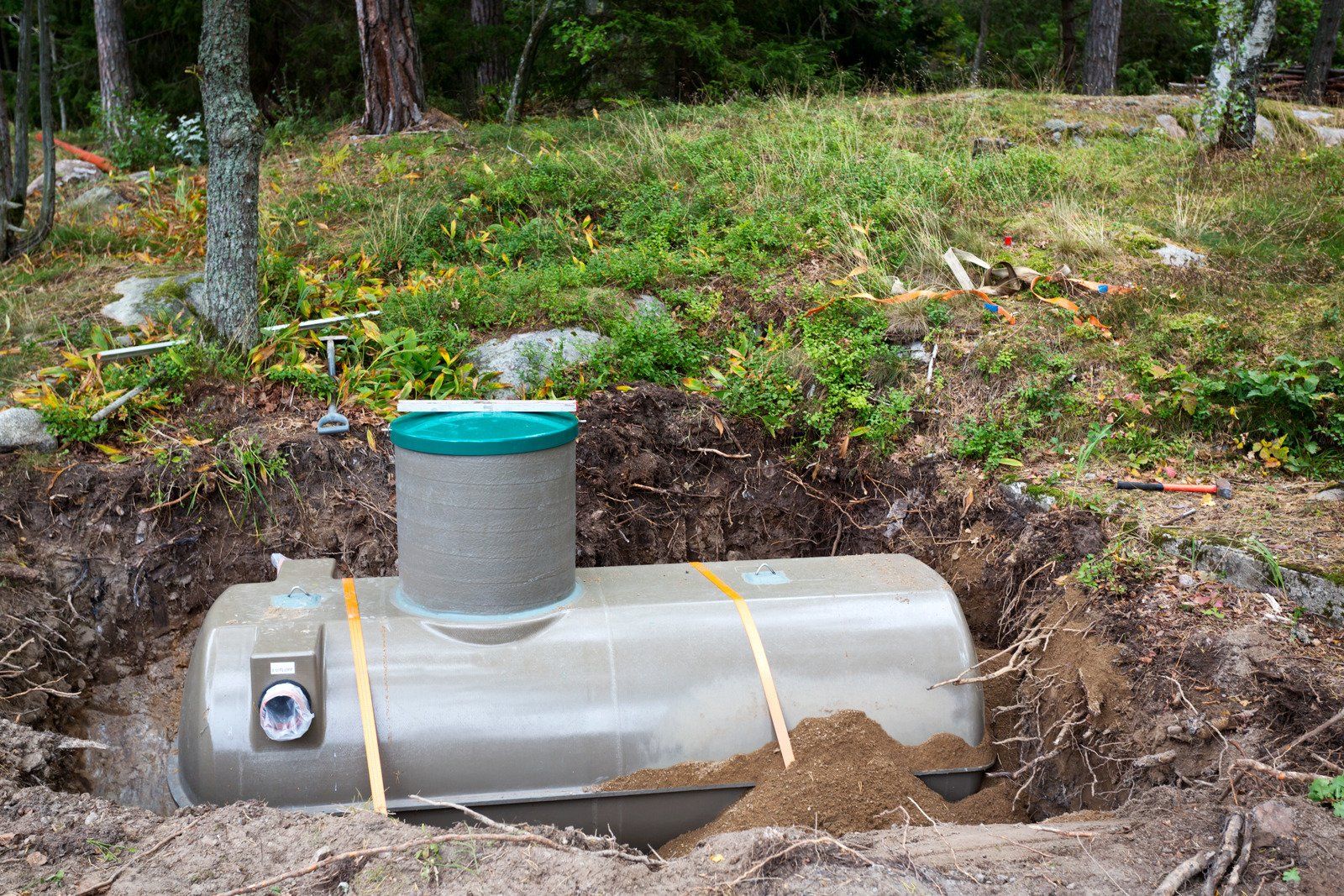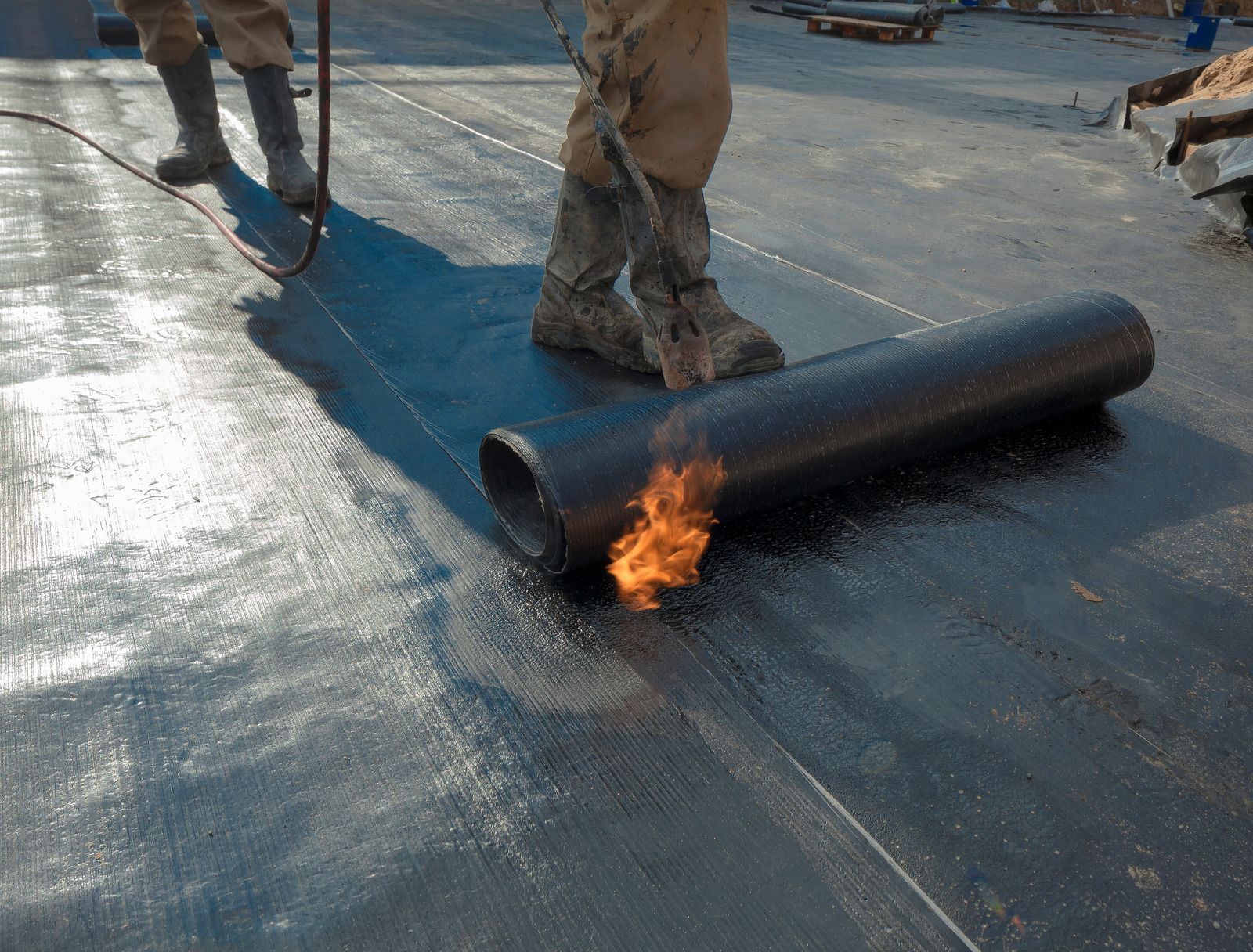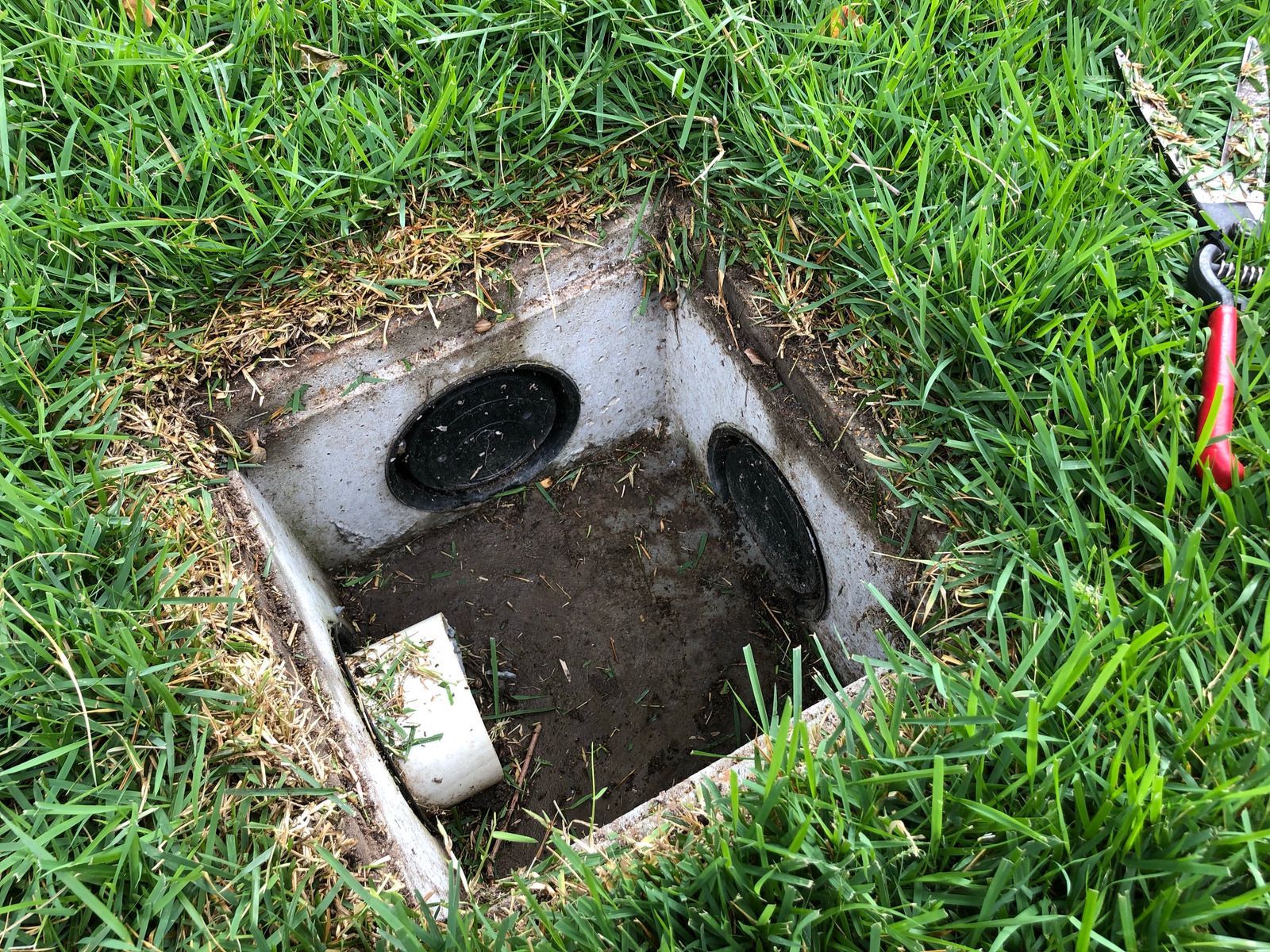Overview of Site Preparation Activities From Planning To Execution
Building construction is an old human activity that originated only from the practical demand to give protection from the weather. Humans have grown used to many weather conditions over time. The earliest human shelters were simple, temporary buildings.
Site preparation refers to the foundations required to set up the concrete walkway and automobile transportation structure, play areas, lawns, and planting areas on the project site. Construction is a complicated process, regardless of the sort of building. It takes a significant amount of time, energy, and money to succeed. Let us check the steps of site preparation from planning to execution.
Steps Of A Site Preparation
Planning
Careful planning is a necessary step before any physical work is done. In this stage, the site is reviewed, and the terrain, soil composition, and any possible challenges or obstacles are understood. Discussions with engineers, architects, and environmental specialists can help clarify the site's conditions and guide decision-making.
Getting Permits
After evaluating the site, obtaining the required licenses and ensuring that local laws are followed is critical. The process covers compliance with building codes, zoning permissions, and environmental permits. It is vital to address these issues early in the process because disagreement with regulations can lead to expensive delays and legal issues.
Clearing the Land
Now that authorization has been granted, labor can begin. First, the land needs to be cleared. This involves removing everything that stands in the way, such as plants, trees, or old structures. The ground must also be level to build.
Excavation
Excavation involves digging into the ground to prepare the site for construction, including excavating holes for underground structures such as foundations and utilities. Grading comes next, ensuring the slope and drainage are appropriate to stop erosion and water buildup. Accurate grading requires trained operators and equipment and is essential to the stability and lifespan of the structure.
Installing Utilities
Construction requires supplies such as water, power, and sewage systems. We refer to these as utilities. Excavators create tunnels to uncover these items. It's similar to creating a hidden route for them. They connect wires and pipes as well so that everything functions.
Increasing the Strength of the Ground
In certain areas, the soil needs to be sufficiently durable. Buildings need support to stay upright. To strengthen the soil, workers add various materials. It's similar to giving it more muscle. This is important to keep the structure sturdy and safe.
Stopping Erosion
Preventing erosion and sediment discharge during and after construction is essential to preserving the environment and following rules. Techniques like silt fences, erosion control blankets, and sediment basins reduce the effects of construction operations on the surrounding surroundings. The secret to reducing environmental harm is implementing erosion control measures immediately.
In conclusion, preparing the property for construction is a significant task to avoid any damage in the long run. It requires diligent work and cautious planning. Every stage involved in the process of site construction is crucial. Applying all the necessary regulations and ensuring safety is also vital. When all the details are done correctly, long-lasting, reliably constructed buildings are possible.
